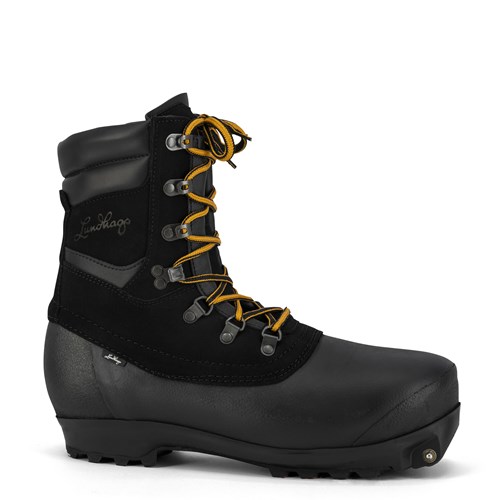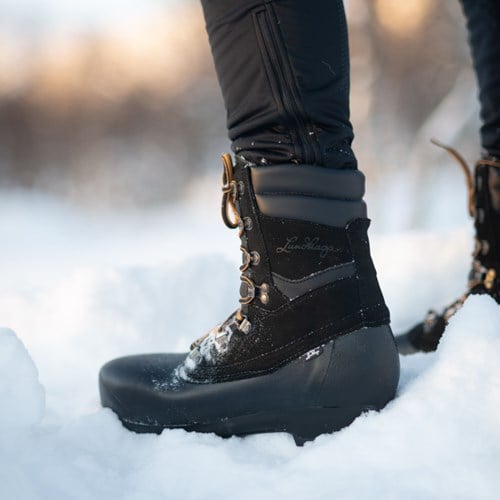Finding the right size
1. Put on a thin sock and measure your foot length on both feet.
2. Measure from heel to toe (it´s easier if you put your heel against a wall).
3. Then add 2 cm for extra toe space and compare with the sizes in the table below.
For our collection of boots, we work with several different lasts but for this season we want to make it simpler for you and our consumers. We now introduce Wide for wide feet and Slim for slim feet - and then we have the “normal” that most people will fit in.


